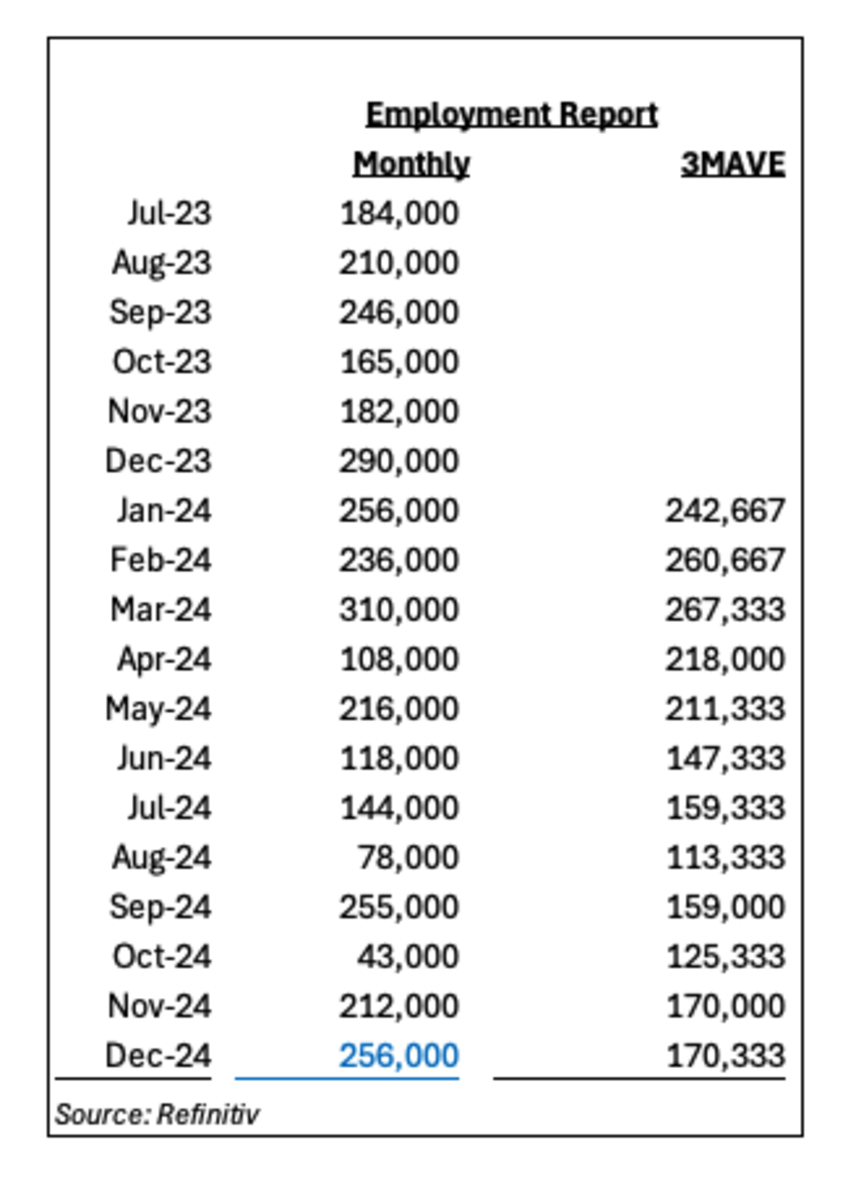The December jobs report is out, and while the headlines might be screaming about this or that number, let’s take a relaxed look at what it actually means.
Here’s the lowdown:
The Headline Grabbers
Job Growth: The economy added [Insert actual number] jobs in December, [Insert “more” or “less” than] expected.
Now, let’s break it down.
What Does it All Mean?

The jobs report is a monthly snapshot of the US labor market. It tells us things like:
How many people are finding work: This is the job growth number. A strong number generally means the economy is healthy and businesses are hiring.
Why is this Report So Important?
The jobs report is closely watched by everyone from the Federal Reserve (the US central bank) to investors to everyday people.
The Fed uses it to make decisions about interest rates. If the economy is overheating (too much job growth, wages rising too quickly), the Fed might raise interest rates to slow things down. If the economy is struggling, they might lower rates to stimulate growth.
Digging Deeper: What the Numbers Don’t Always Tell Us
The headline numbers are important, but they don’t always tell the whole story. Here are a few things to keep in mind:
The labor force participation rate: This tells us the percentage of people who are either employed or actively looking for work. A declining participation rate can be a sign of a weaker labor market, even if the unemployment rate is low.
The December Report: A Closer Look
Now, let’s take a closer look at what the December jobs report actually showed us.
Job Growth: [Insert actual number] jobs were added, which was [Insert “higher” or “lower” than] expected. [Insert a sentence or two about the industries that saw the most job growth, e.g., “The leisure and hospitality sector continued to add jobs, while manufacturing saw a slight decline.”]
What Does This Mean for the Economy Going Forward?
The December jobs report provides some clues about the direction of the economy.
Is the economy slowing down? If job growth is slowing and the unemployment rate is rising, it could be a sign that the economy is cooling off.
Conclusion
The December jobs report provides a snapshot of the US labor market. While the headline numbers are important, it’s crucial to look beyond them to get a full picture of the situation.
The labor force participation rate, the quality of jobs, and long-term unemployment are all important factors to consider.
By understanding the nuances of the jobs report, we can gain a better understanding of the current state of the economy and its potential trajectory.


/cdn.vox-cdn.com/uploads/chorus_asset/file/25378171/2139238696.jpg?w=200&resize=200,112&ssl=1)


.jpg?auto=webp&format=pjpg&width=3840&quality=60&w=200&resize=200,112&ssl=1)
